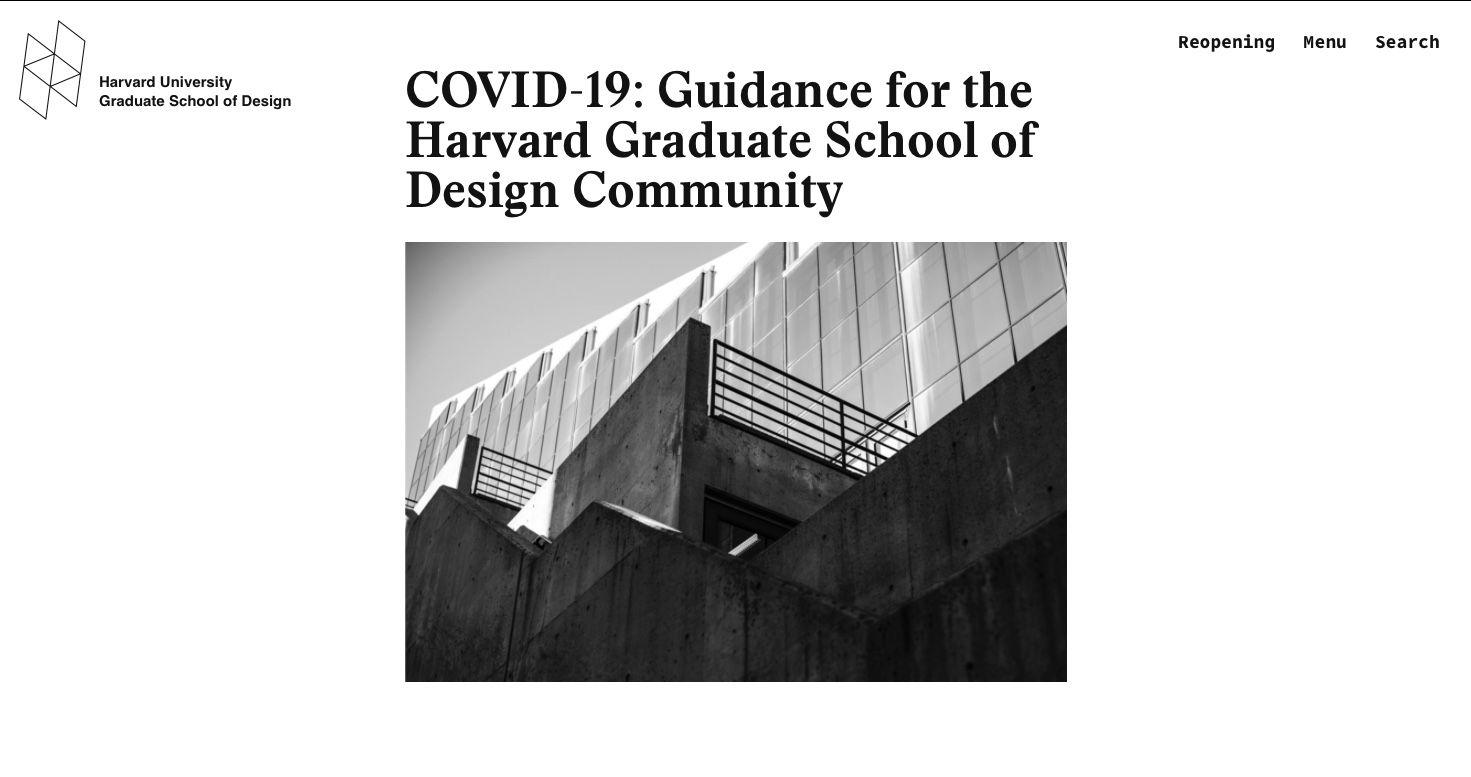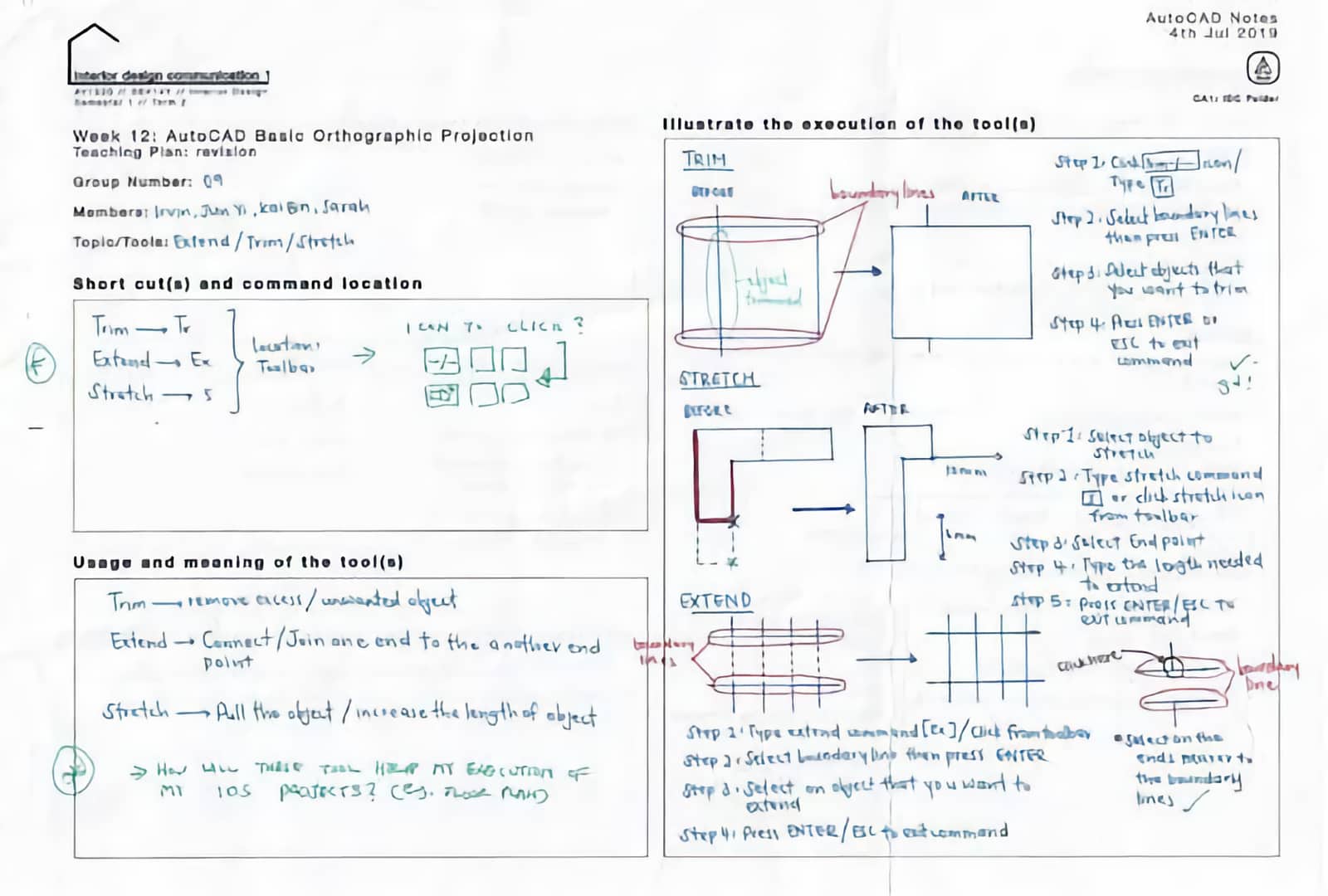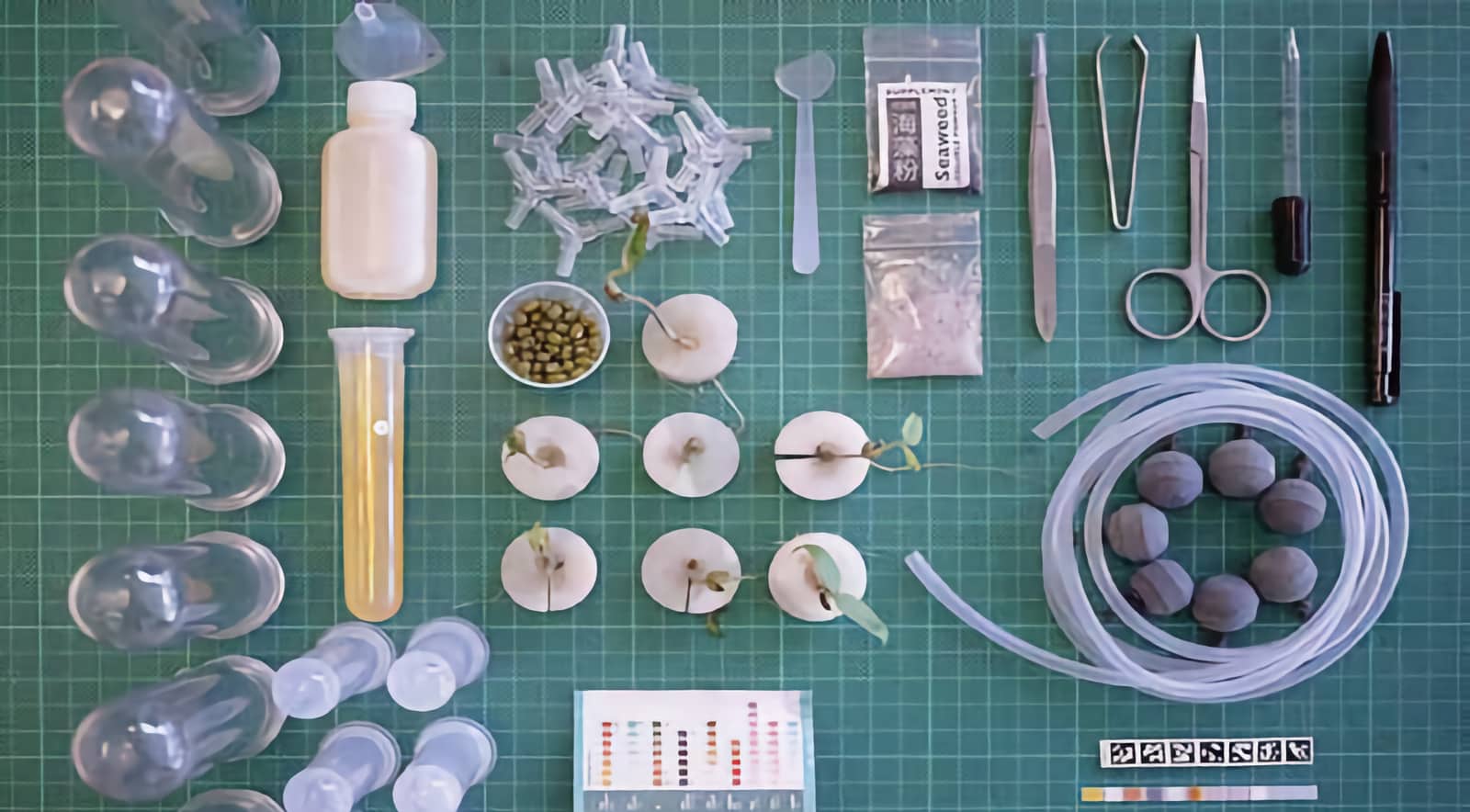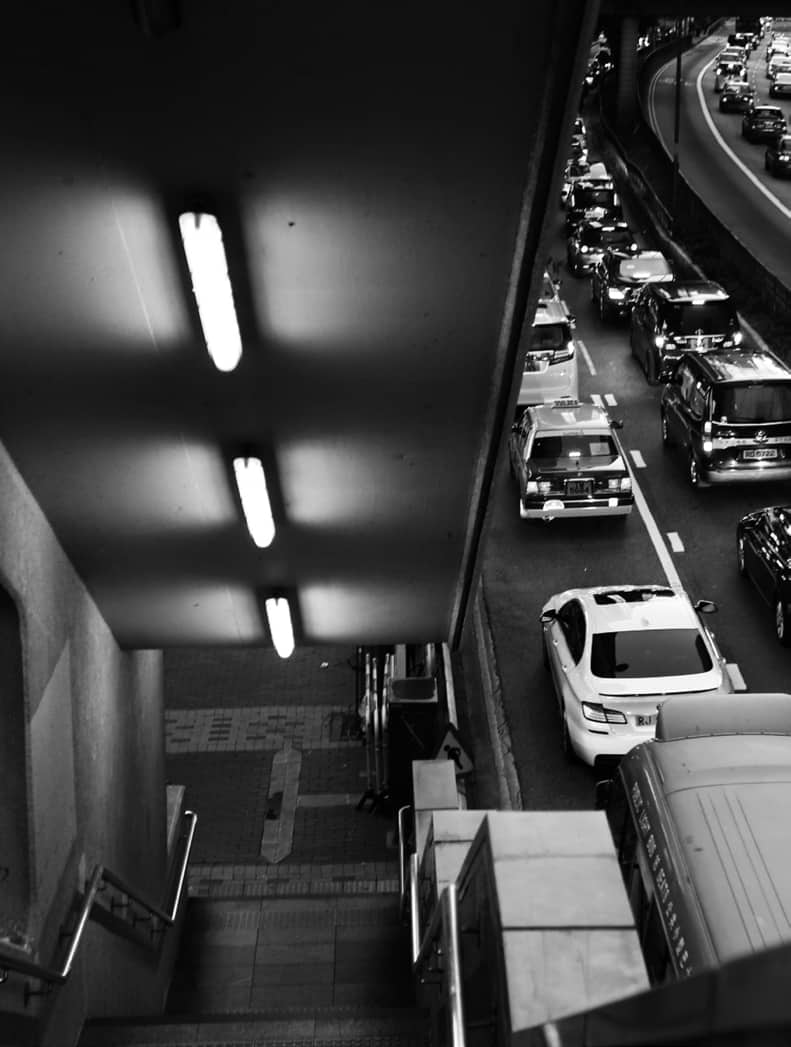
Issue Editors: Jae-Eun Oh & Francesco Zurlo
ISBN: 978-94-92852-28-1
Introduction
-
Design education has significantly changed since the 1950s. The era depended widely on normative models such as those proposed by Benjamin Bloom (Bloom et al. 1956) and his collaborators, which resulted in the formulation of Bloom's Taxonomy. Comprising six interchangeable layers (knowledge, comprehension, application, analysis, synthesis, and evaluation) of higher and lower thinking, Bloom's taxonomy sets in place an archetypal model for education that thrives on object-driven goals. Here, pedagogical interchange and the object-driven and organised structure of education can adapt to...
Editorial
-
When we first initiated a call for this issue on design education, never could we have imagined or foreseen what lay ahead. Since late 2019, Hong Kong has gone through an enormously difficult time. First, spikes of social unrest, rapidly followed by COVID-19. Half of the first semester of the 2019 – 2020 academic year, as skirmishes closed in on The Hong Kong Polytechnic University campus, all courses had to move over to available and often misunderstood online platforms. As the situation finally subsided, the virus emerged, impacting the commencement of the second semester, and the...
Articles
-
This paper provides an argument against understanding risk-taking in design education as something ideally in need of only being calculable and formalisable. Using the German sociologist Ulrich Beck’s theory on risktaking combined with the current discourse on design thinking, together with an analysis of a three week-long interdisciplinary design workshop, we analyse and discuss how risk-taking - as a general concept - in design education is an inherent element of the education itself. We argue, however, non-calculable risks, like human-centred design concerns, like desirability of use,...
-
This photo essay explores the possibility of radically shifting the understanding of the design studio as a spatial construct. By considering the seven-year evolution of a (socalled) design-build project known as the Imizamo Yethu Water Platforms, it recognises the possibility of dislocating the design studio from its traditionally centralised space in the academy and moving it to the site of its investigation or intervention for the duration of a project. The Imizamo Yethu Water Platforms aimed to improve water and sanitation infrastructure in a severely under-resourced informal...
-
Technological developments have brought profound challenges to design education. To understand how design educators adapt to new technological directions, this article examines student feedback from advertising design courses that apply blended learning approaches. This study identified three blended learning strategies conducive to meaningful learning: timely and meaningful feedback; engagement with real world tasks; and support from expert tutors. This article also discusses potential resistance and challenges in implementing instruction in blended technological environments.
-
This paper explores how Peer-to-Peer learning can level-up students' understanding of computer-aided design (CAD) with Autodesk Auto- CAD programme for Interior Design Year 1 students. As students come from different knowledge backgrounds, they approach the module with different understanding levels, with the weaker students unable to follow the live demonstration tutorials. A peer tutoring assignment using a student-led peer-to-peer learning pedagogy, was introduced to advance students' understanding and internalise content better by reinforcing their learning. Each group has an equal...
-
With the widening scope of design, the importance of the design studio has concomitantly responded by transforming its own character to become inclusive of the educational domains of history, professional practices, theories, technical, and material studies. The absorption of such domains, part-and-parcel of the studio setting, has irrevocably highlighted the importance of education within the container of the studio or rather ‘in-situ’ education. However, with the volatility of external factors, the challenges posed to design education are multiple. Especially in light of the rise of a...
-
This report is about an explorative co-crafting course applying the notion of recursive publics to adult learning and pro-environmental activation, which aimed to engage a diverse cohort of learners towards patterns of eating, living, and engaging that promoted wellbeing and a healthy environment. This two-month-long, university-endorsed study in Hong Kong saw 22 participants fermenting their urine in which to grow an edible plant (Lactuca sativa), thereby creating a material relationship between their bodies and the environment. Technologies were employed to bring people physically...
-
Since 2016 the Environmental and Interior Design Programme (E&I), School of Design, The Hong Kong Polytechnic University, has implemented an educational model called the vertical studio. Until now, the vertical studio model has become an instrumental peer-to-peer learning scheme while enhancing students' competency in digital literacy. A first of its kind within the design education context of Asia, the vertical studio model has contributed to advance design education practices, embracing collaborative learning opportunities, and facilitate knowledge and skills transfer of drawing...
-
Different from the conventional design-built projects, the service-learning educational model represents a student led community driven education process. This photos essay delivers evidence, spanning 15 years and various contexts, demonstrating the impact of service learning and its dependency on cross-disciplinary skills. Beyond the social value, service learning fosters a series of interpersonal and professional relationships, amplifying skills and education value outside of the classroom.
Abstract
-
Design knowledge, for its most part, is tacit. The embedded and inherent nature of tacit knowledge implies that it is a cognitive and internal construct acquired through the design act of doing. However, it is also socially constructed through shared experiences, collaborations and interactions. The design studio is a dynamic, pedagogical site that facilitates the construction of tacit knowledge through its myriad of interactive spaces. Online and virtual platforms offer opportunities to extend the learning boundaries of its social realm. Studies in the influence of these spaces on tacit...









